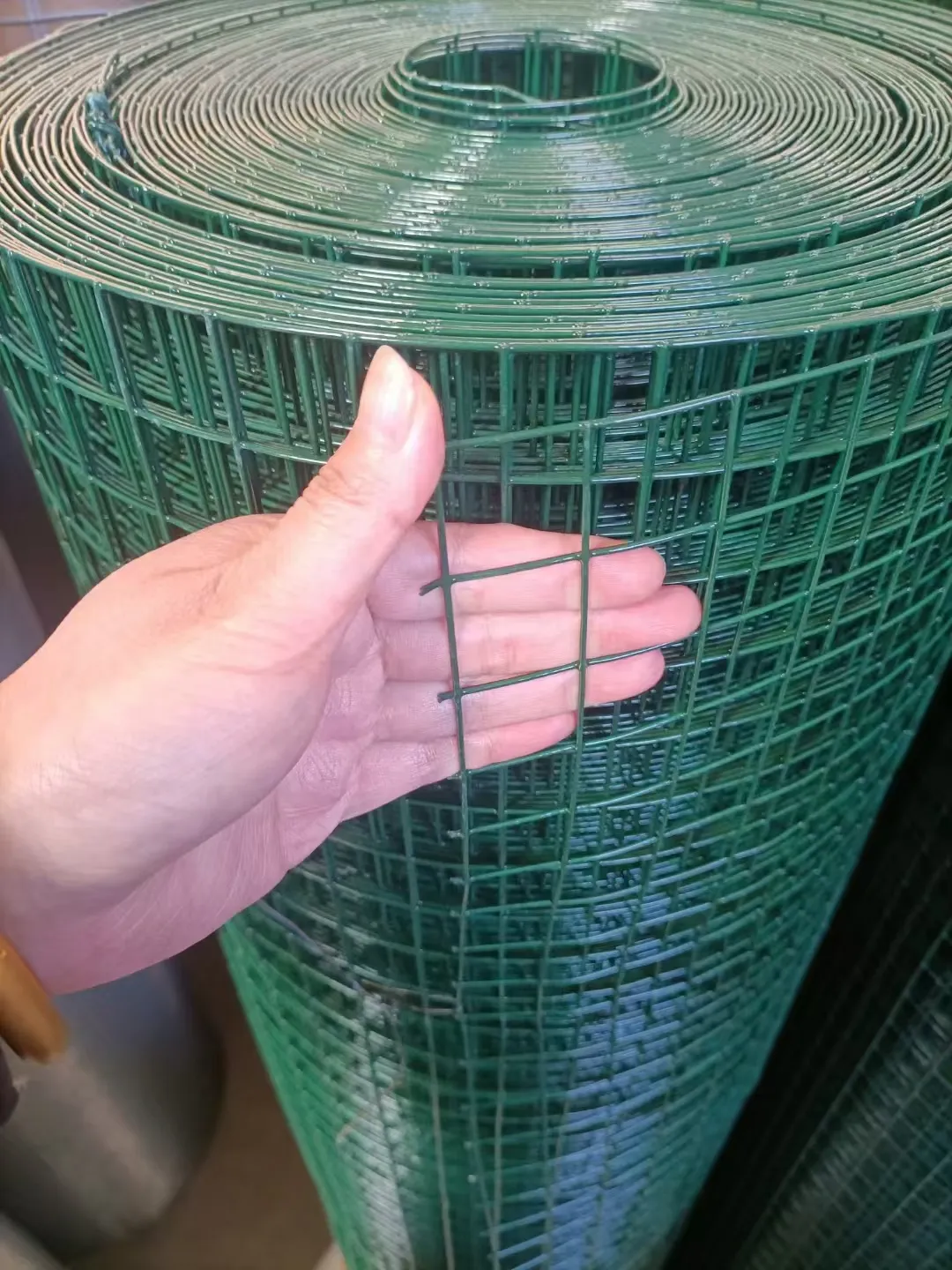-
 Afrikaans
Afrikaans -
 Albanian
Albanian -
 Amharic
Amharic -
 Arabic
Arabic -
 Armenian
Armenian -
 Azerbaijani
Azerbaijani -
 Basque
Basque -
 Belarusian
Belarusian -
 Bengali
Bengali -
 Bosnian
Bosnian -
 Bulgarian
Bulgarian -
 Catalan
Catalan -
 Cebuano
Cebuano -
 China
China -
 Corsican
Corsican -
 Croatian
Croatian -
 Czech
Czech -
 Danish
Danish -
 Dutch
Dutch -
 English
English -
 Esperanto
Esperanto -
 Estonian
Estonian -
 Finnish
Finnish -
 French
French -
 Frisian
Frisian -
 Galician
Galician -
 Georgian
Georgian -
 German
German -
 Greek
Greek -
 Gujarati
Gujarati -
 Haitian Creole
Haitian Creole -
 hausa
hausa -
 hawaiian
hawaiian -
 Hebrew
Hebrew -
 Hindi
Hindi -
 Miao
Miao -
 Hungarian
Hungarian -
 Icelandic
Icelandic -
 igbo
igbo -
 Indonesian
Indonesian -
 irish
irish -
 Italian
Italian -
 Japanese
Japanese -
 Javanese
Javanese -
 Kannada
Kannada -
 kazakh
kazakh -
 Khmer
Khmer -
 Rwandese
Rwandese -
 Korean
Korean -
 Kurdish
Kurdish -
 Kyrgyz
Kyrgyz -
 Lao
Lao -
 Latin
Latin -
 Latvian
Latvian -
 Lithuanian
Lithuanian -
 Luxembourgish
Luxembourgish -
 Macedonian
Macedonian -
 Malgashi
Malgashi -
 Malay
Malay -
 Malayalam
Malayalam -
 Maltese
Maltese -
 Maori
Maori -
 Marathi
Marathi -
 Mongolian
Mongolian -
 Myanmar
Myanmar -
 Nepali
Nepali -
 Norwegian
Norwegian -
 Norwegian
Norwegian -
 Occitan
Occitan -
 Pashto
Pashto -
 Persian
Persian -
 Polish
Polish -
 Portuguese
Portuguese -
 Punjabi
Punjabi -
 Romanian
Romanian -
 Russian
Russian -
 Samoan
Samoan -
 Scottish Gaelic
Scottish Gaelic -
 Serbian
Serbian -
 Sesotho
Sesotho -
 Shona
Shona -
 Sindhi
Sindhi -
 Sinhala
Sinhala -
 Slovak
Slovak -
 Slovenian
Slovenian -
 Somali
Somali -
 Spanish
Spanish -
 Sundanese
Sundanese -
 Swahili
Swahili -
 Swedish
Swedish -
 Tagalog
Tagalog -
 Tajik
Tajik -
 Tamil
Tamil -
 Tatar
Tatar -
 Telugu
Telugu -
 Thai
Thai -
 Turkish
Turkish -
 Turkmen
Turkmen -
 Ukrainian
Ukrainian -
 Urdu
Urdu -
 Uighur
Uighur -
 Uzbek
Uzbek -
 Vietnamese
Vietnamese -
 Welsh
Welsh -
 Bantu
Bantu -
 Yiddish
Yiddish -
 Yoruba
Yoruba -
 Zulu
Zulu
rolled steel mesh
The Versatility and Applications of Rolled Steel Mesh
Rolled steel mesh is an incredibly versatile material that has found its way into a multitude of applications across various industries. Its unique properties make it an ideal choice for construction, manufacturing, and even artistic projects. Understanding the characteristics and uses of rolled steel mesh can provide insights into why it has become a staple in modern engineering and design.
What is Rolled Steel Mesh?
Rolled steel mesh is composed of interconnected strands of steel that are woven or welded together to form a grid-like structure. This innovative design offers a combination of strength, durability, and flexibility, making it suitable for both structural applications and decorative purposes. The mesh can be produced in various diameters and spacing, allowing for customization based on specific project requirements.
Key Properties
One of the most significant properties of rolled steel mesh is its high tensile strength, which allows it to withstand heavy loads and resist deformation. This makes it an excellent choice for applications requiring robust support and stability. Additionally, steel's inherent resistance to corrosion, particularly when treated or galvanized, ensures that mesh retains its structural integrity over time, even in adverse environmental conditions.
Another advantage of rolled steel mesh is its lightweight nature, which facilitates easier handling and installation
. Unlike solid steel components, mesh provides similar support while reducing overall weight, making it a practical choice for various architectural and engineering projects.Applications in Construction
rolled steel mesh

In the construction industry, rolled steel mesh is widely used for reinforcing concrete structures. Concrete, while strong in compression, is weak in tension. The integration of steel mesh into concrete slabs and walls enhances tensile strength, preventing cracks and ensuring the longevity of the structures. This application is crucial in the construction of roads, bridges, and buildings, where durability and safety are paramount.
Additionally, rolled steel mesh is employed in fencing and security applications. Its durable nature makes it an ideal choice for perimeter fencing, providing security to industrial sites, commercial properties, and agricultural land. The visibility offered by mesh fencing also makes it a popular choice for enclosures where monitoring the perimeter is essential.
Industrial and Decorative Uses
Beyond construction, rolled steel mesh has found applications in manufacturing settings. It is commonly used in the production of shelves, racks, and partitions due to its strength and lightweight characteristics. In this context, it serves as an excellent space-saving solution while maintaining load-bearing capabilities.
On the aesthetic front, architects and designers have embraced rolled steel mesh in contemporary design projects. Its unique aesthetic appeal adds a modern touch to interiors, exteriors, and even artistic installations. The transparency of the mesh allows for creative play with light and shadow, making it a popular choice for feature walls and decorative panels.
Conclusion
Rolled steel mesh is a multifunctional material that brings together strength, versatility, and aesthetic appeal. Its wide range of applications—from construction reinforcement to decorative features—highlights its importance in various fields. As industries continue to innovate and evolve, the utilization of rolled steel mesh will undoubtedly expand, affirming its status as an essential component in modern engineering and design. Whether you are a builder, manufacturer, or artist, rolled steel mesh presents countless opportunities to enhance functionality and aesthetics in your projects.
-
Shipping Plastic Bags for Every NeedNewsJul.24,2025
-
Safety Netting: Your Shield in ConstructionNewsJul.24,2025
-
Plastic Mesh Netting for Everyday UseNewsJul.24,2025
-
Nylon Netting for Every UseNewsJul.24,2025
-
Mesh Breeder Box for Fish TanksNewsJul.24,2025
-
Expanded Steel Mesh Offers Durable VersatilityNewsJul.24,2025











